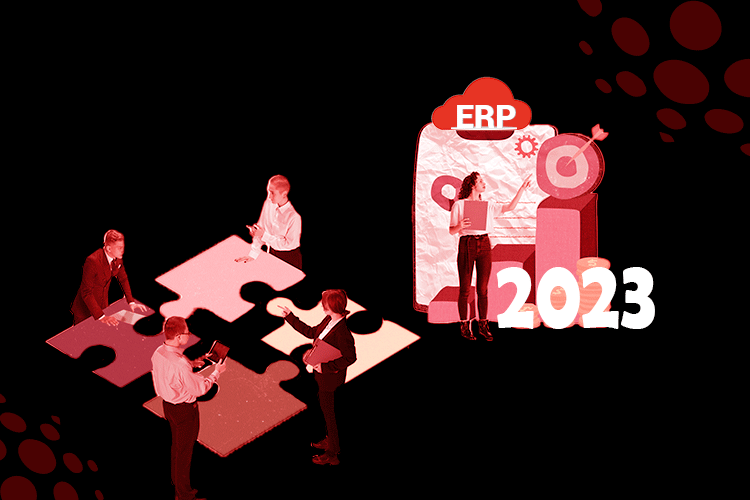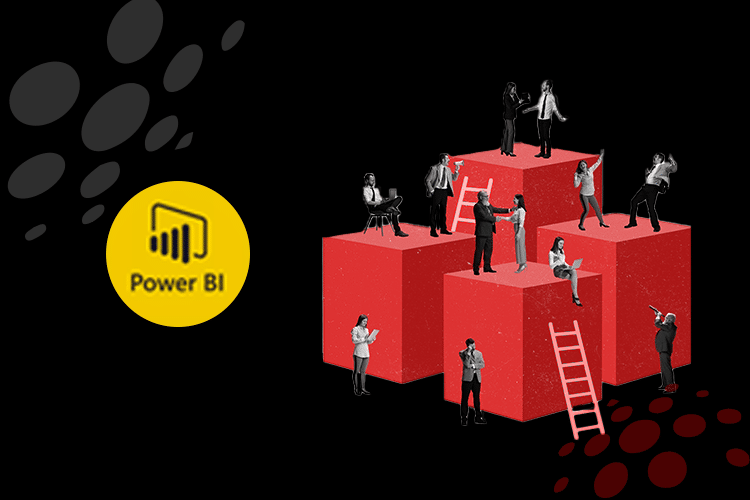What is ERP: The Present
The term “ERP” refers to a group of business software programs used to manage everyday tasks like accounting, purchasing, project management, risk management, and compliance. A complete ERP suite also includes enterprise performance management, a piece of software that helps with planning, budgeting, forecasting, and reporting financial results for a corporation.
The Future of ERP
Twenty years ago, the only companies using supplier relationship management belonged to Japan and China. The internet was primarily used by academics and scientists and was not at all taken into account when developing business strategies, and hardly anyone owned a cell phone. The world is now different; after the Cold Battle is over, there is an economic war. The transition to a highly competitive international economic climate has happened quickly. We will talk about the emerging enterprise information system against this backdrop.
The long-term evolution of ERP is evident. MRP was replaced by MRPII, followed by ERP and ERPII. Also, ERPII is most likely to be replaced with a new label. Both MRP and ERP are still in use today, though MRP is probably more of a module or capability than the label given to a growing number of capabilities and modules that support the back office, front office, control, and strategic planning, as well as integrating processes and activities between various businesses that make up business networks. Whatever the nomenclature, present patterns point to a few traits that we should reasonably anticipate. Wireless technology, including but not limited to mobile and the internet, will be crucial in the emerging architecture since this system must accommodate e-commerce and m-commerce. The architecture will likely be internet-based, and it might be a service-oriented architecture where Web services, ASPs, or both are important. Strategic planning and front-office systems are being prioritized more now, and for the foreseeable future, control will probably affect the new capabilities that vendors release. And decision-making will likely become more automated as a result of knowledge management and business intelligence systems, which developments will aid in artificial intelligence.
It is likely to remain a priority to improve various systems’ interoperability and integrate business systems more thoroughly. If there existed an environment for applications that was comparable to the one that makes a computer system capable of adapting to hardware changes with no user intervention, it would be easier for businesses to integrate their own systems and have their systems integrated with those of other organizations.
To underline the inter-enterprise aspect of these systems, perhaps we should rename the evolving enterprise resource planning system. Whatever name they go by, it seems that what they will be able to achieve is much more than what the term enterprise resource planning (ERP) would adequately convey, even when the suffix “II.”
One can extrapolate a few desirable capabilities for the upcoming enterprise systems from the topic of ERP’s future. Here is a list of desired and necessary skills.
- Enables a seamless supply chain
- Data is consistently and smoothly transferred across modules.
- Being adaptable helps agile businesses respond to a dynamic business environment.
- An architecture that reflects changing business strategies and technology, such as wireless mobile
- Database models and solutions support front- and back-office transaction-intensive applications, query-intensive applications, and internal and external database communication.
- Systems allow flexibility to adapt when partnering relationships change and consider partnering enterprise features, including culture, language, technology level, standards, and information flows.
- relationships between international vendors to better serve clients in any country
- With careful consideration for international business requirements, vendors and user firms implement standards like XML, the Web service architecture, and developing wireless technologies.
- Module, system, and business flexibility and interoperability improvements
The creation of systems to address shifting corporate needs was made possible by technological transformation. However, it may take some time for the technology to be able to fill a demand, and it may take even longer for someone to realize how to apply the technology to fill an emerging or ongoing business need. The emphasis should be on tracking business needs and tracking technical progress in both scenarios.
Conclusion
Researchers should look into what can be done to make it happen rather than waiting for it to happen and documenting it as we did in this publication. One such business that can help in such a scenario is Convelox.
Convelox is an IT leadership organization with a mission to provide high-quality cloud consulting, not just another cloud consulting firm. To enable a smooth transition to the cloud, their highly qualified cloud consulting specialists have years of practical expertise and in-depth knowledge of Oracle Cloud Applications.









